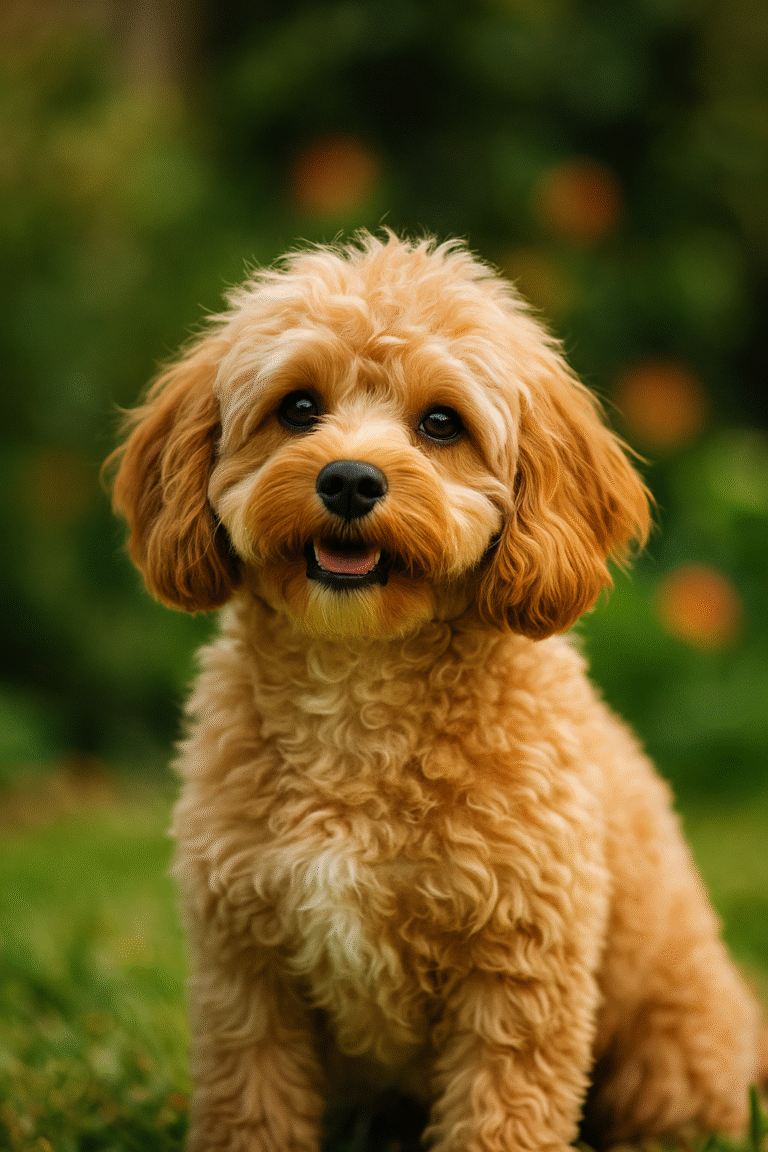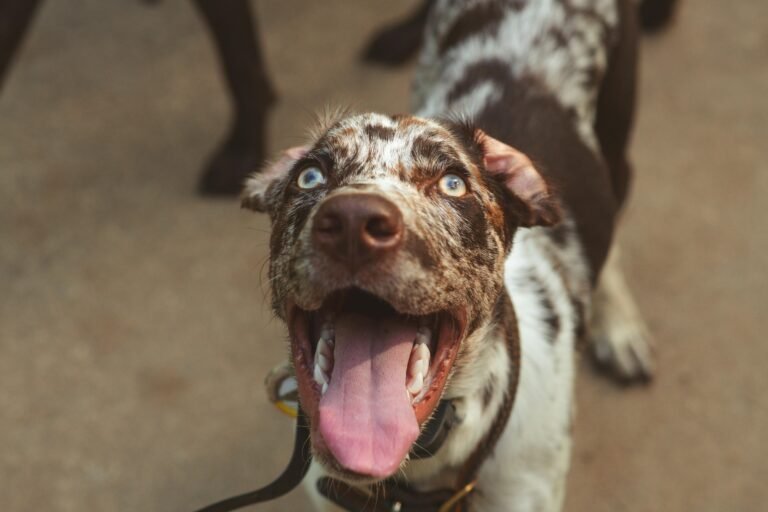The Portuguese Water Dog (PWD) is a lively, medium-sized breed famed for its enthusiasm for the water and unwavering loyalty to its human companions. Though its history stretches back centuries, it shot into the international spotlight when U.S. President Barack Obama’s family added two Portuguese Water Dogs to the White House. Well before they became canine celebrities, these rugged dogs were working partners to Portuguese fishermen. They spent long days leaping from boats into the choppy Atlantic to retrieve nets, carry messages between ships and drive fish into nets, tasks that honed their athleticism and deep bond with people. Today the breed brings that same zest and devotion into family homes around the world.
History and Origins
The Portuguese Water Dog is an ancient breed that evolved along Portugal’s coast. Early fishermen depended on their dogs to help haul fishing gear and swim messages between boats; some historians believe these dogs were part of Moorish migrations to the Iberian Peninsula around the eighth century. Over time, their strong bodies and eagerness to work made them indispensable deckhands. PWDs were so revered that fishermen would assign them portions of the catch as payment. With the advent of modern fishing technologies, their working role faded, and by the mid-20th century the breed’s numbers had dwindled. Dedicated breeders and fans stepped in to preserve these hardy dogs, and they were recognized by the American Kennel Club in 1983.
Physical Characteristics
Portuguese Water Dogs are robust, medium-sized athletes. Males typically stand 20–23 inches tall and weigh 42–60 pounds, while females measure 17–21 inches and weigh 35–50 pounds. Their muscular frames are covered by a thick, waterproof coat that can be either curly or wavy; the coat’s insulating properties allowed them to work in frigid Atlantic waters.
Common coat colors include black, white, brown or combinations such as black-and-white or brown-and-white. A square, broad head and expressive dark eyes give them a keen, intelligent expression. Many owners clip their dogs in traditional “lion” or “retriever” cuts to reduce matting and drag in the water; however, a natural coat is equally handsome when groomed regularly. The breed’s webbed feet and strong tail, which acts as a rudder, further underline its aquatic heritage.
Personality and Temperament
Inside their athletic bodies beats the heart of a fun-loving clown. Portuguese Water Dogs are affectionate, highly intelligent and eager to please. They are noted for being adaptable to different living situations as long as their exercise needs are met. Because they were bred to work closely with fishermen, they thrive on human companionship and form strong bonds with their family.
They generally get along well with children and other pets, especially when raised together from a young age. In the home, they tend to shadow their favorite people from room to room and may become anxious if left alone for long periods. An innate sense of humor shines through their playful antics; many owners describe them as natural entertainers. Early socialization is important to ensure they grow into confident, polite adults who aren’t shy or overbearing around strangers.
Exercise and Training
A Portuguese Water Dog’s energy and intelligence demand daily outlets. At minimum, most PWDs need 30–60 minutes of vigorous activity, such as swimming, hiking, fetch, agility or interactive games. Without a job to do, they can become restless and may channel pent-up energy into destructive behaviors like chewing or digging.
Regular training sessions are essential for this quick study. Positive reinforcement methods work well because PWDs are sensitive to harsh correction but respond eagerly to praise and treats. Their eagerness to learn makes them stars in canine sports like agility, dock diving, rally obedience and even search-and-rescue work. Because of their historic role as helpers, they also excel as therapy dogs and service companions. Owners should continue mental stimulation throughout the dog’s life by teaching new tricks and rotating toys to stave off boredom.
Grooming Needs
PWDs have a single, non-shedding coat that can be curly or wavy. This coat produces less dander than many breeds, making them a popular choice among allergy sufferers. However, the coat requires diligent grooming. Regular brushing (two to three times a week) prevents mats and tangles, particularly in areas where the fur is denser like behind the ears or under the legs. Many owners opt for professional grooming every six to eight weeks to keep the coat at a manageable length.
Ears should be checked weekly and cleaned if needed; because of their floppy shape, moisture can become trapped and lead to infection. Nails should be trimmed monthly, and teeth should be brushed several times a week. After swimming, rinse the coat with fresh water to remove salt or chlorine, and dry thoroughly to avoid skin irritation.
Health and Lifespan
Generally a hardy breed, the Portuguese Water Dog has an average life expectancy of 11–14 years. Responsible breeders screen for genetic conditions such as hip dysplasia, progressive retinal atrophy (PRA) and certain heart problems. Juvenile dilated cardiomyopathy, a fatal heart disorder, is also known to occur in the breed, though a genetic test is helping breeders reduce its incidence. Other potential concerns include Addison’s disease, cataracts and allergies.
Maintaining a healthy weight through proper diet and exercise helps minimize stress on joints. Regular veterinary checkups, including eye and hip evaluations, will ensure early detection of any issues. As with any breed, choose a reputable breeder or rescue organization that provides health clearances for both parent dogs.
Is the Portuguese Water Dog Right for You?
Portuguese Water Dogs make delightful companions for active households that can meet their physical and mental needs. They are excellent for families with children and are generally friendly with other pets, though early socialization is key. Their hypoallergenic coats and minimal shedding appeal to those with allergies.
Potential owners should be prepared for regular grooming appointments and a commitment to daily exercise. Apartment living is possible if owners provide ample daily walks and playtime, but these dogs truly shine when they have access to a yard or frequent off-leash adventures. They are not suited to people looking for a low-energy lap dog or those who spend long hours away from home. With the right environment, a Portuguese Water Dog’s loyalty, intelligence and playful nature will bring boundless joy to its family.
Adoption and Finding a Puppy
Anyone considering this breed should research breeders carefully or, better yet, check local shelters and rescue organizations. In the United States, the Portuguese Water Dog Club of America maintains a network of reputable breeders and rescue volunteers. Adoption gives a deserving dog a second chance at a loving home while helping to curb the number of dogs in shelters.
When speaking with breeders, ask about health testing on both parents and meet the mother dog if possible. A good breeder will be transparent, ask you many questions about your lifestyle and remain a resource for you throughout your dog’s life. Whether you adopt or purchase a puppy, be ready for a lifetime of companionship with one of the world’s most affectionate and spirited seafarers.
From its humble beginnings on Portuguese fishing boats to its newfound fame as a White House resident, the Portuguese Water Dog remains a lively worker at heart, ready to dive into every adventure with its family.






